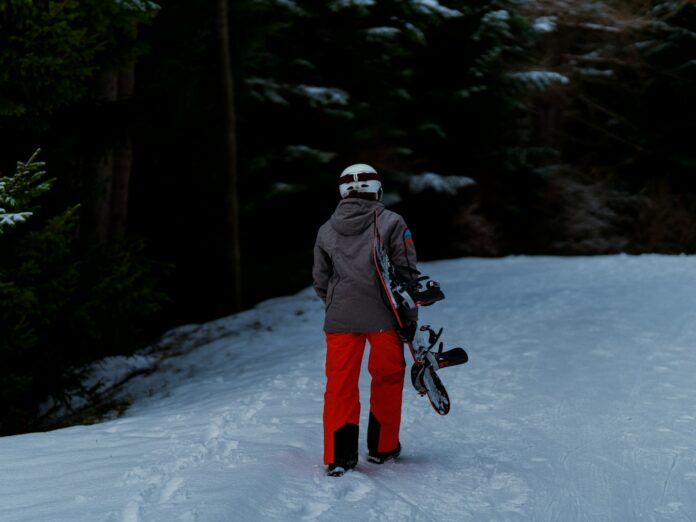As travel writer Tim Moore once wrote, “There are two stories about what it’s like to climb Kilimanjaro: the one people tell their friends after they get home, which has the benefit of inspiring others to tackle the world’s highest free-standing mountain, and the one they tell each other at the summit, which has the benefit of being true”.
Mount Kilimanjaro, Africa’s highest peak, stands at a staggering 5,895 metres (19,341 feet) above sea level. Its snow-capped summit and diverse ecosystems attract thousands of adventurers each year. But is it easy to scale the dizzy heights of Kilimanjaro? The short answer is no, but the long answer is far more nuanced. Here are some things we wish we’d known before attempting this iconic climb.
The Myth Of The ‘Walk-Up’ Mountain
One of the most pervasive myths about climbing Kilimanjaro is that it’s a ‘walk-up’ mountain, implying that it’s a simple trek requiring minimal effort. While it’s true that Kilimanjaro doesn’t require technical climbing skills, this doesn’t mean you can simply rock up in your joggers and T-shirt and saunter up to the ascent. The altitude, weather conditions, and physical demands make it a challenging endeavour by anyone’s standards.
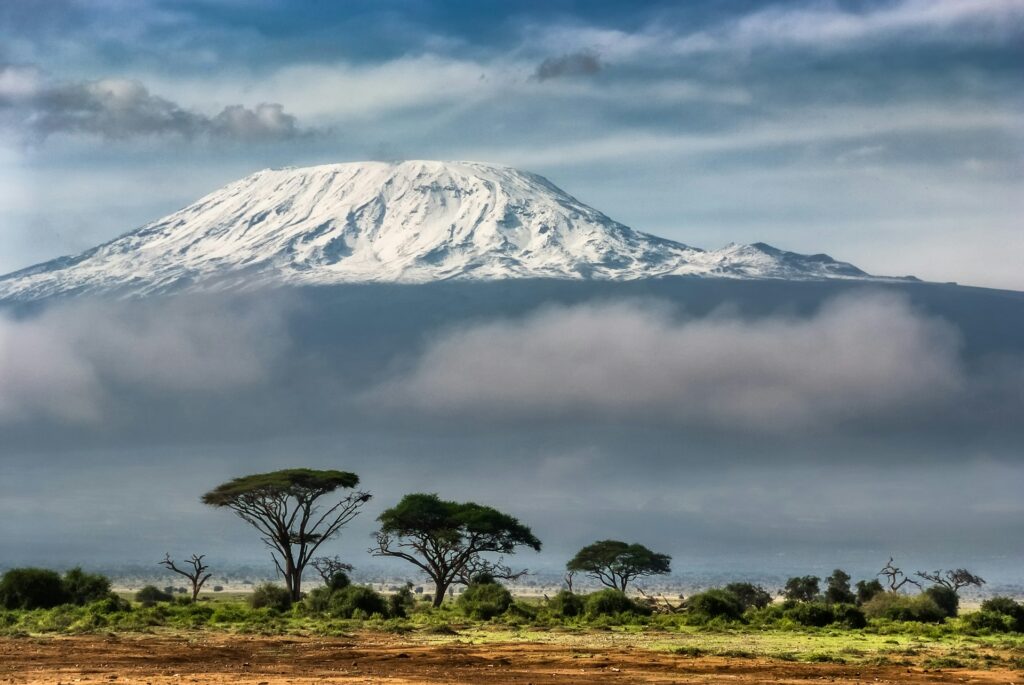
The Invisible Foe Of Altitude Sickness
You’ll likely experience shortness of breath, head pain, vomiting unexpectedly, fatigue and nosebleeds.
Altitude sickness is the most significant challenge climbers face. As you ascend, the air becomes thinner, and your body struggles to get enough oxygen. Symptoms can range from mild headaches and nausea to severe, life-threatening conditions like High Altitude Pulmonary Edema (HAPE) or High Altitude Cerebral Edema (HACE). Either way, it’s not fun to feel this way when you’re on terra firma and ground zero, let alone several thousand feet in the sky.
What We Wish We’d Known: Acclimatisation Is Crucial
Acclimatisation is the process of allowing your body to adjust to lower oxygen levels at higher altitudes. Proper acclimatisation can significantly reduce the risk of altitude sickness and increase your chances of reaching the summit. Here are some tips and suggestions for acclimatising effectively:
Choose a Longer Route: Opt for routes like the Lemosho or Northern Circuit, which allow more time for your body to adjust to the altitude. These routes typically take 7-9 days, providing a more gradual ascent and better acclimatisation opportunities.
Practice High-Altitude Hiking: In the UK, you can train on peaks like Ben Nevis in Scotland, which stands at 1,345 metres (4,413 feet), Snowdon in Wales at 1,085 metres (3,560 feet), and Scafell Pike in North England at 978 metres (3,209 feet). While these elevations don’t compare to Kilimanjaro, they offer challenging hikes and a chance to experience higher elevations.
Near Kilimanjaro, consider climbing Mount Meru in Tanzania, which stands at 4,562 metres (14,968 feet), or trekking in the Ngorongoro Crater Highlands, where altitudes range from 2,200 to 3,600 metres (7,218 to 11,811 feet). These locations provide excellent acclimatisation opportunities and stunning views.
Follow The ‘Climb High, Sleep Low’ Principle: This principle involves hiking to a higher altitude during the day and then descending to sleep at a lower altitude. It helps your body adjust to the altitude more effectively.
Stay Hydrated & Eat Well: Proper hydration and nutrition are essential for acclimatisation. Drink plenty of water and eat a balanced diet rich in carbohydrates to fuel your body.
Listen To Your Body: Pay attention to how your body feels and don’t ignore symptoms of altitude sickness. If you experience severe symptoms, descend immediately and seek medical attention.
Consider Medication: Some climbers use medications like acetazolamide (Diamox) to help prevent altitude sickness. Consult with your doctor before your trip to see if this is a suitable option for you.
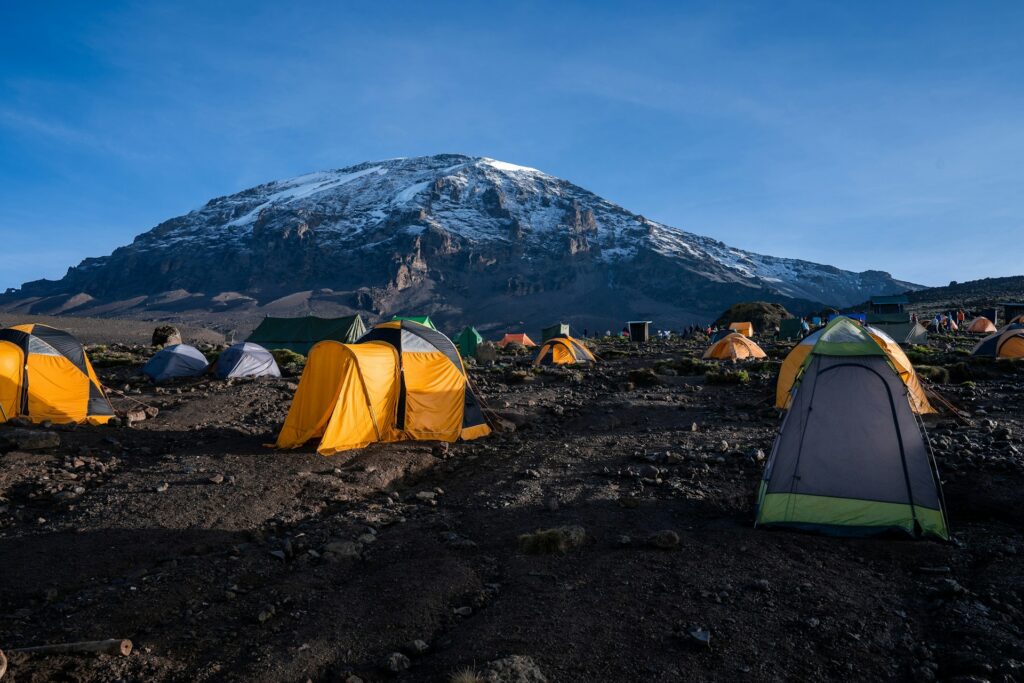
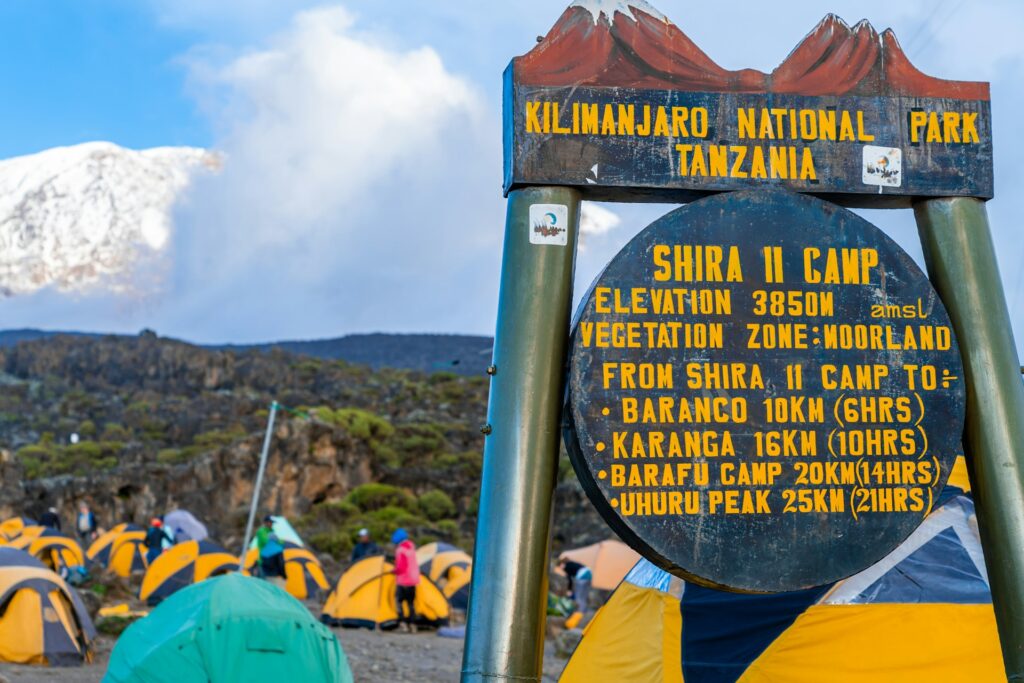
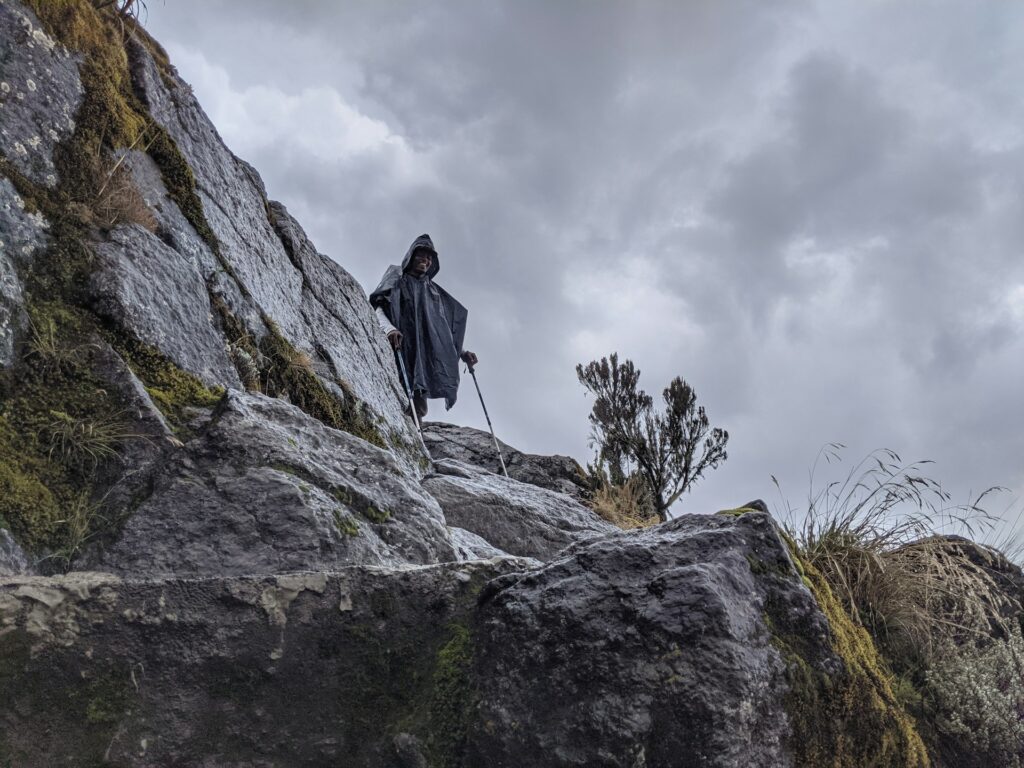
It’s More Than Just A Hike, So Physical Preparation Is Crucial
Climbing Kilimanjaro is a multi-day trek that requires a good level of physical fitness. You’ll be walking for 5-7 hours a day, often on steep, uneven terrain. The summit night is particularly gruelling, with a midnight start and a 6-8 hour climb in freezing temperatures.
What We Wish We’d Known: Start Training At Least Three Months Before Your Trip
Focus On Cardiovascular Health: Engage in activities like running, cycling, or swimming to improve your heart and lung capacity. Aim for at least 30-45 minutes of cardio, 3-4 times a week. This will help you cope with the reduced oxygen levels at high altitudes.
Simulate Different Conditions: Practise hiking with a weighted backpack to mimic the conditions you’ll face on Kilimanjaro. Start with a lighter load and gradually increase the weight. Train on varied terrain, including hills and rocky paths, to build strength and endurance.
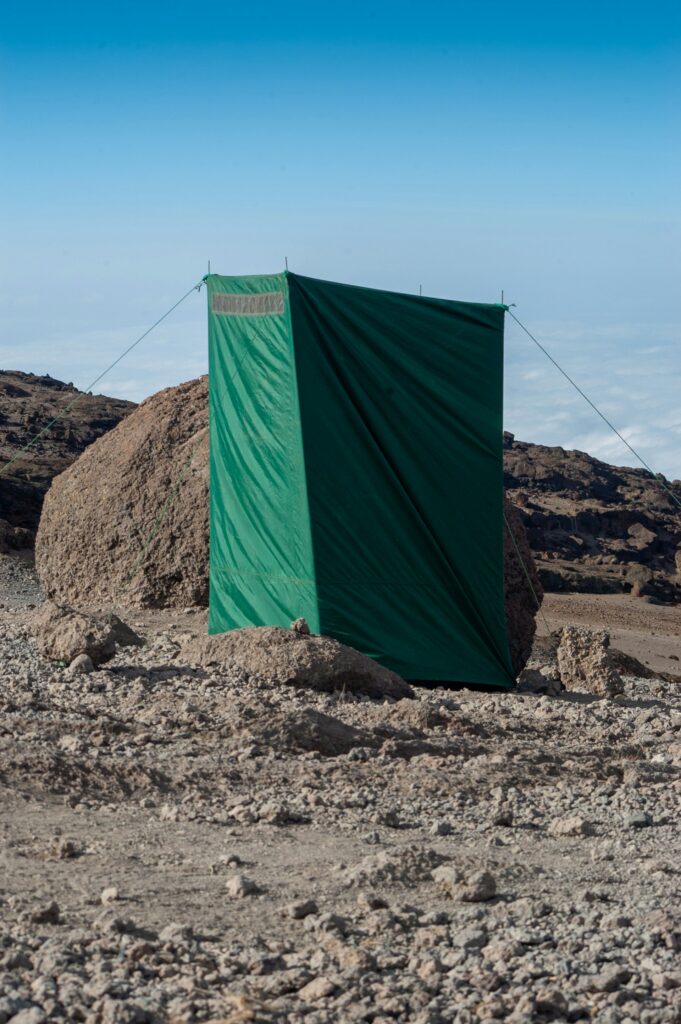
The Importance Of Having The Right Gear
Having the right gear can make or break your Kilimanjaro experience. The weather on the mountain is unpredictable, and you’ll need to be prepared for everything from scorching sun to freezing winds.
What We Wish We’d Known: High-Quality Gear Makes A Huge Difference
Layering System: The key to staying comfortable on Kilimanjaro is mastering the art of layering. The weather can change rapidly, and having a flexible layering system allows you to adjust your clothing to stay warm and dry. Your base layer should wick moisture away from your skin, the mid-layer should provide insulation, and the outer layer should protect you from wind and rain. Don’t forget to bring a warm hat, gloves, and a buff or neck gaiter to protect your extremities from the cold.
Footwear & Foot Care: Your feet will be your primary mode of transportation (hopefully your only mode – you’re not going to be crawling!), so taking care of them is paramount. Invest in high-quality, waterproof hiking boots with good ankle support. Make sure to break them in well before your trip to avoid blisters.
Additionally, bring multiple pairs of moisture-wicking socks and consider using liner socks to reduce friction. Pack a small foot care kit with blister treatment supplies, such as moleskin, blister pads, and antiseptic ointment, to address any issues promptly.

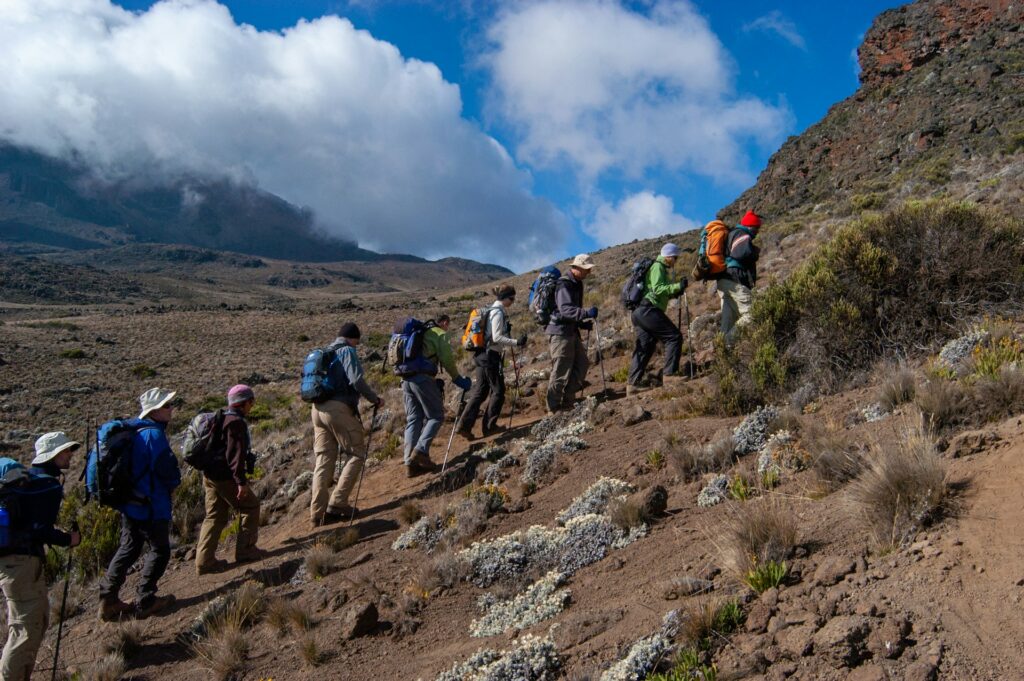
Mental Fortitude Is As Crucial As The Physical Stuff
The mental challenge of climbing Kilimanjaro is often underestimated. The long days, physical exertion, and altitude can take a toll on your mental state. Staying positive and motivated is crucial.
What We Wish We’d Known: The Climb Is A Mental One, Too
Prepare mentally by setting realistic expectations and understanding that there will be tough moments. Develop a mantra or mental strategy to keep yourself motivated. Remember, the climb is as much a mental challenge as it is a physical one.
The Role Of Guides & Porters
Your guides and porters are the unsung heroes of your Kilimanjaro climb. They carry your gear, set up camp, cook meals, and provide invaluable support and encouragement. Tipping is customary and an important part of their income, so budget accordingly. Of course, it’s essential that you learn a few Swahili phrases to show your appreciation and build camaraderie.
What We Wish We’d Known: Bring Extra Gear & Supplies To Donate To Local Organisations
Ethical Treatment & Fair Wages: When selecting a tour operator, it’s essential to ensure that they adhere to ethical practices and provide fair wages and working conditions for their guides and porters. Many porters face challenging conditions, carrying heavy loads with minimal gear and inadequate food.
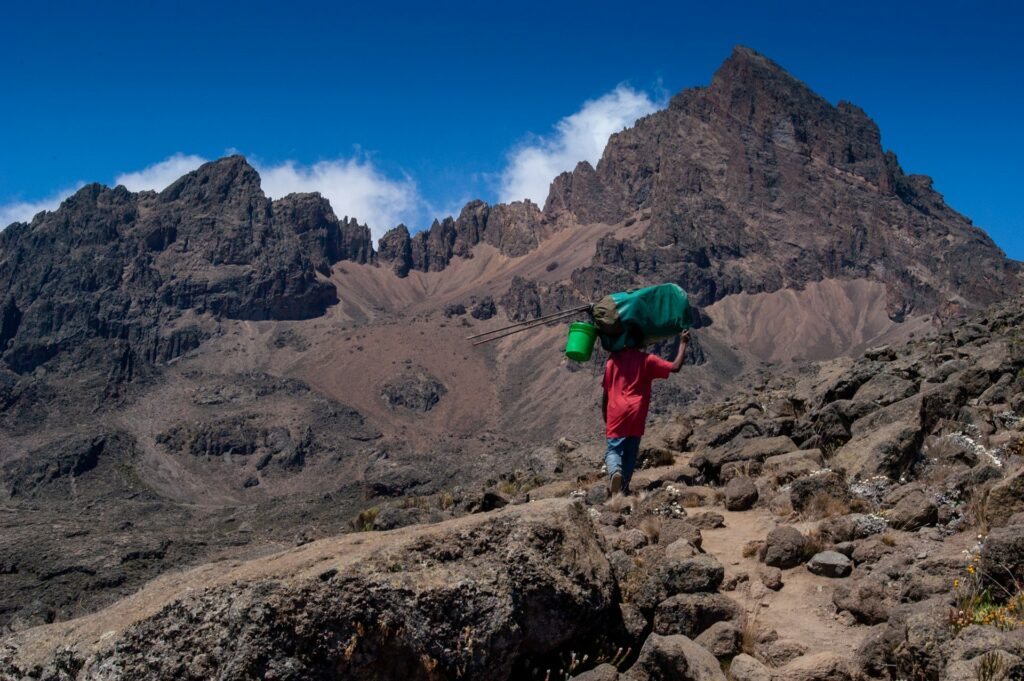
Supporting companies that are members of the Kilimanjaro Porters Assistance Project (KPAP) or similar organisations can help ensure that porters receive fair treatment, proper equipment, and sufficient food and shelter. By choosing an ethical operator, you contribute to the well-being and dignity of the local workforce.
Supporting Local Communities: Beyond fair wages, consider how your climb can positively impact the local communities. Some tour operators partner with local charities and community projects, directing a portion of their profits to support education, healthcare, and environmental conservation initiatives in the region.
You can bring extra gear, clothing, or school supplies to donate to local organisations, further supporting the people who make your adventure possible.
The Summit: Just A Moment Of Triumph
It’s true, reaching the summit of Kilimanjaro is an unforgettable experience. The sense of accomplishment, the breathtaking views, and the camaraderie with your fellow climbers make it all worthwhile.
What We Wish We’d Known: The Summit Is Just The Halfway Point!
Of course, we knew that in the back of our minds, but perhaps hadn’t quite levelled with the physical demands on the ascent mentally until we had actually reached the summit. Indeed, descending can be just as challenging, so conserve your energy and stay focused. Take time to savour the moment and capture it in photos, sure, but also be mindful of the time you spend at the summit due to the altitude.
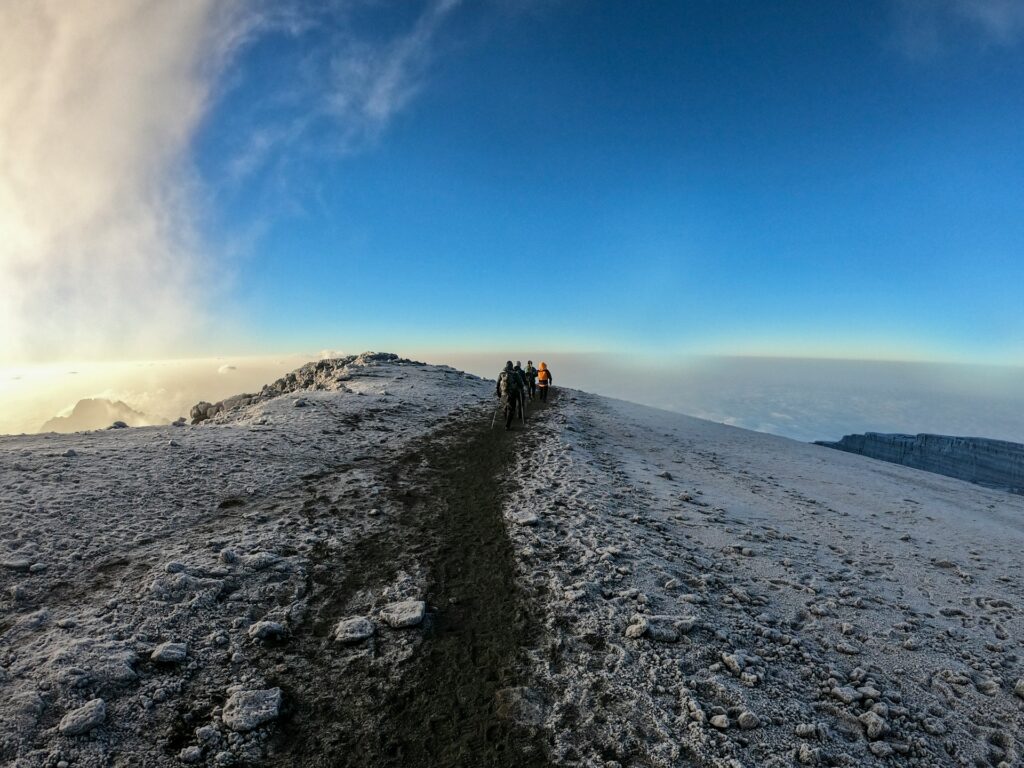
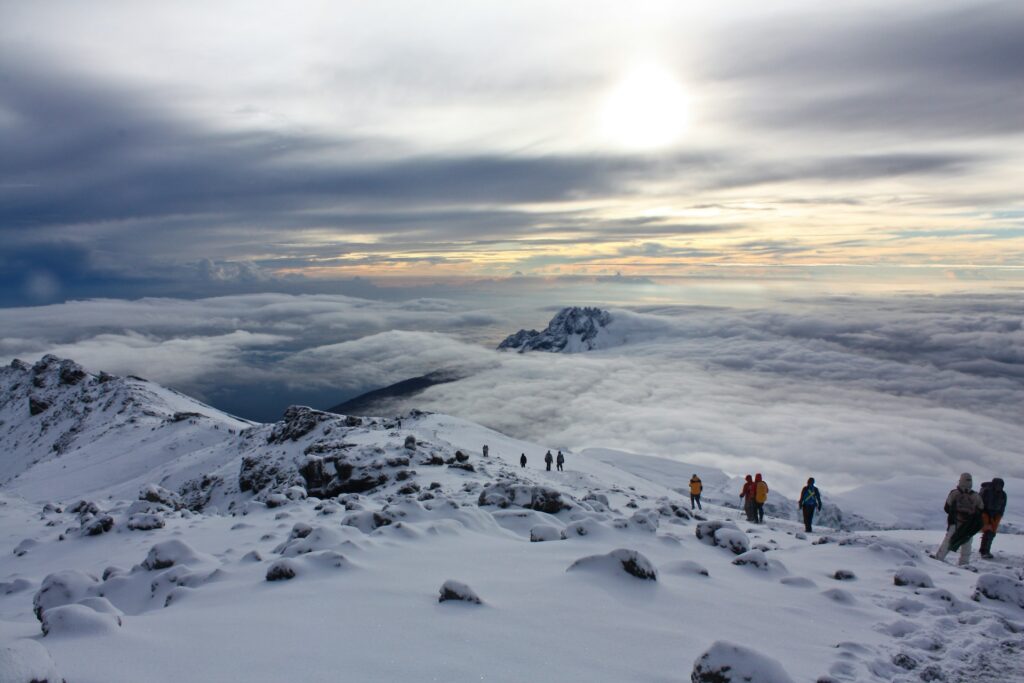
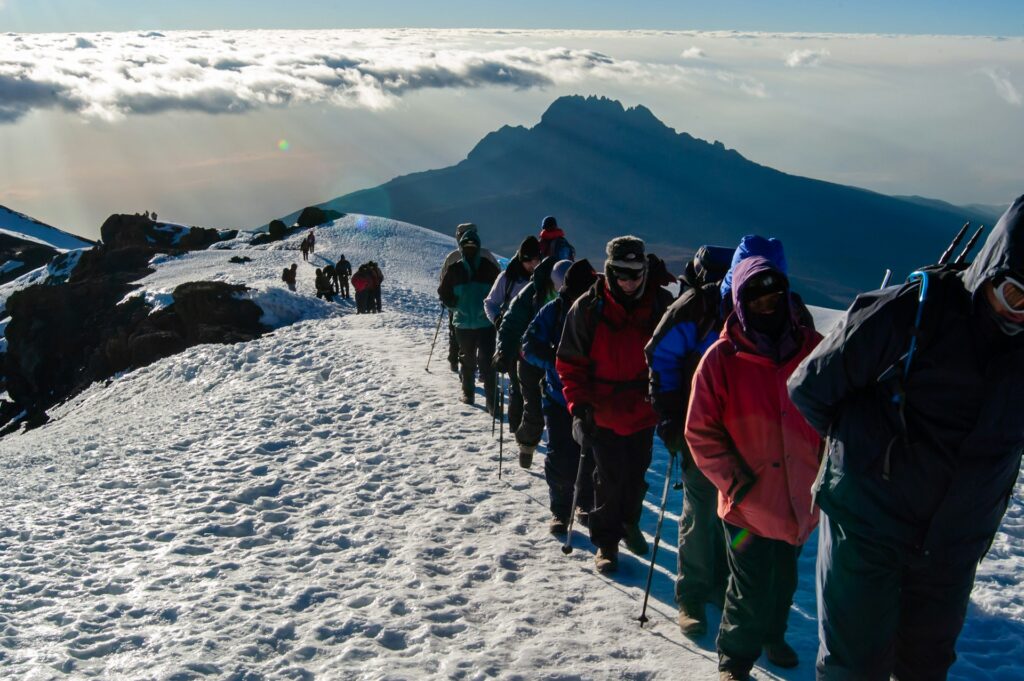
The Bottom Line
Climbing Kilimanjaro is a challenging but incredibly rewarding experience. It’s not easy, but with the right preparation, mindset, and support, it is achievable. The journey will test your limits, but it will also provide you with memories and a sense of accomplishment that will last a lifetime.
So, is it easy to climb Kilimanjaro? No. But is it worth it? Absolutely.
Anyway, all that hiking has made us hungry. Back at sea level, we can’t wait to feast on Tanzania’s most delicious local dishes. Care to join us?




